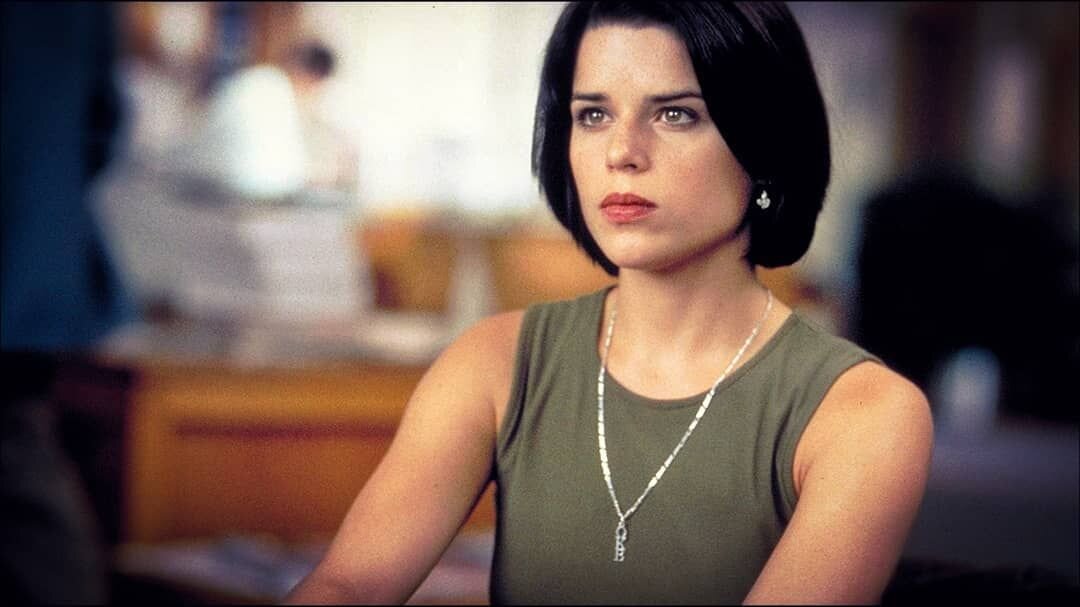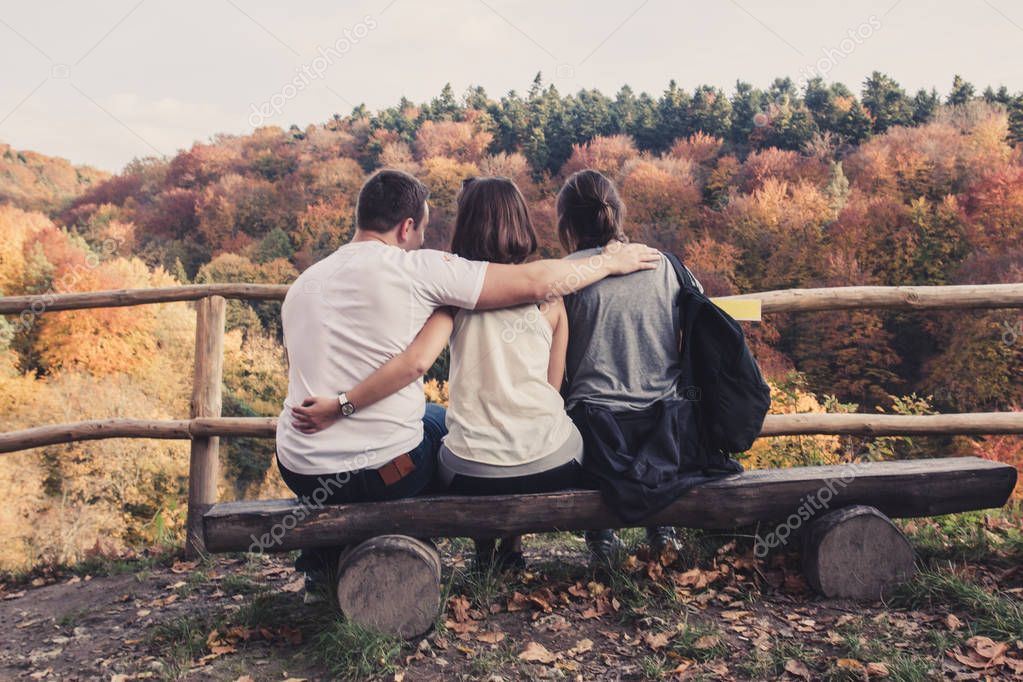Sidney Prescott gets into all sorts of pickles. This is what would happen if she trapped in a low budget film, a film so low budget that they couldn’t afford a set, Neve Campbell or a good writer.
Sidney was used to being stuck in tight spots. Her whole life was a loose collection of moments of escaping the impossible.
The lift she was standing in was going to be no different.
Tom was waiting for her at the Peppercorn Pig, the highest restaurant in Woodsborough. Standing at a wild 14 floors tall it gave impressive views across the town. You could see the whole school, the shopping precinct and the canning factory (end of list.) In a town with only murder going on everyone seemed very pleased with this building that had not yet hosted any killings. It would appear regularly in conversation. A safe space to talk about. This was all about to change. Nothing’s safe in Woodsborough. Because Woodsborough means murder, possibly in latin.
Sidney and Tom had met two years ago at a Stab: The Musical sing-a-long. Out Of Darkness hadn’t been the massive sales hit people hoped for. It turns out writing a book about an incident that had every detail reported, already had a Razzie winning film based on it as well as a hugely successful podcast (well, the first series) was not actually going to sell. The self published follow up ‘Into The Light’ did as well as you can imagine. Sidney’s lacklustre publishing career had turned into a life of fan conventions and appearances. She didn’t hate it and thought the songs ‘Cut To The Heart’ and ‘The Slice is Coming from Inside the House’ were actual bops.
She poked (some might say stabbed) the 14th floor button in the hopes it would kick the lift into action but she was met with the same, clang, heart stopping jolt and then nothing. It had only been 30 seconds since the lift had refused to move but that familiar adrenaline was kicking in. Sidney was getting ready to fight.
She pressed the intercom.
“Hi, can anyone hear me? My lift’s stopped moving. Can you make it move?’
Silence.
More silence.
She scanned the lift. Four walls and no chance of escape. It was time to open the bag. Sidney had lived a hard life and made sure she was always prepared. Slowly she pulled out 12 gleaming inches of stainless steal from her satchel.
“God I hope this works.”
She slid the knife into the centre of the door and started to crank them open. The fading sunlight from outside briefly flicked through the gap until an almighty crack signalled the end of this blade as it snapped in half.
“Fuck. Why didn’t I bring a spare?”
Sidney had seen enough films to know that going up was the only option. She tried to remember the rules of action movies and could only come up with:
- The hero always survives
She was pretty happy with that one.
“Do you like scary movies?” Suddenly crackled and buzzed out of the tiny intercom. Sidney rolled her eyes.
“It’s ‘What’s your favourite scary movie’ you piece of shit.”
Sidney eye balled a small red LED of a security camera in the far left corner and waved.
“Can you help me or not?”
A voice sounding a lot younger and more frightened than before replied “I can but I don’t think you’ll like …”
A noise Sidney was more familiar with than her own mother’s voice finished the sentence. The unmistakable sound of a jugular being opened and blood being spilled. At that exact moment the lift jerked to life, sending Sidney slowly down.
“Fuck.”
She only had seconds to prepare. She put her bag on the floor and pulled out a hammer to smash the lift’s camera, next she yanked out a bear trap putting it right at the door.
“That’ll get the son of a bitch.”
She took out the grip, muzzle and magazine of her semi automatic and clicked them all together. Positioning herself underneath the broken camera she set her line of sight to a clear headshot. She was ready to take this mother fucker out.
She watched as the numbers of the lift slowly clicked down to 0. A soft bing and the doors started to open….









